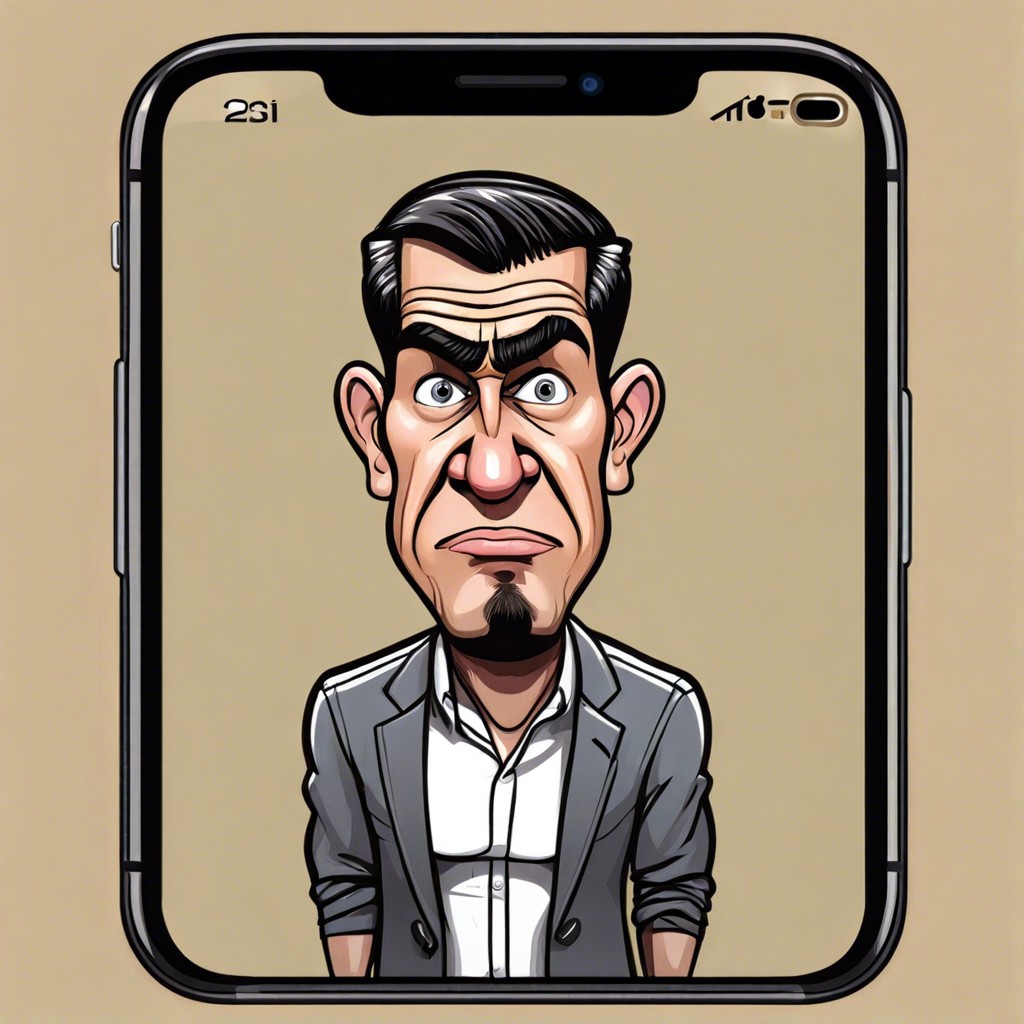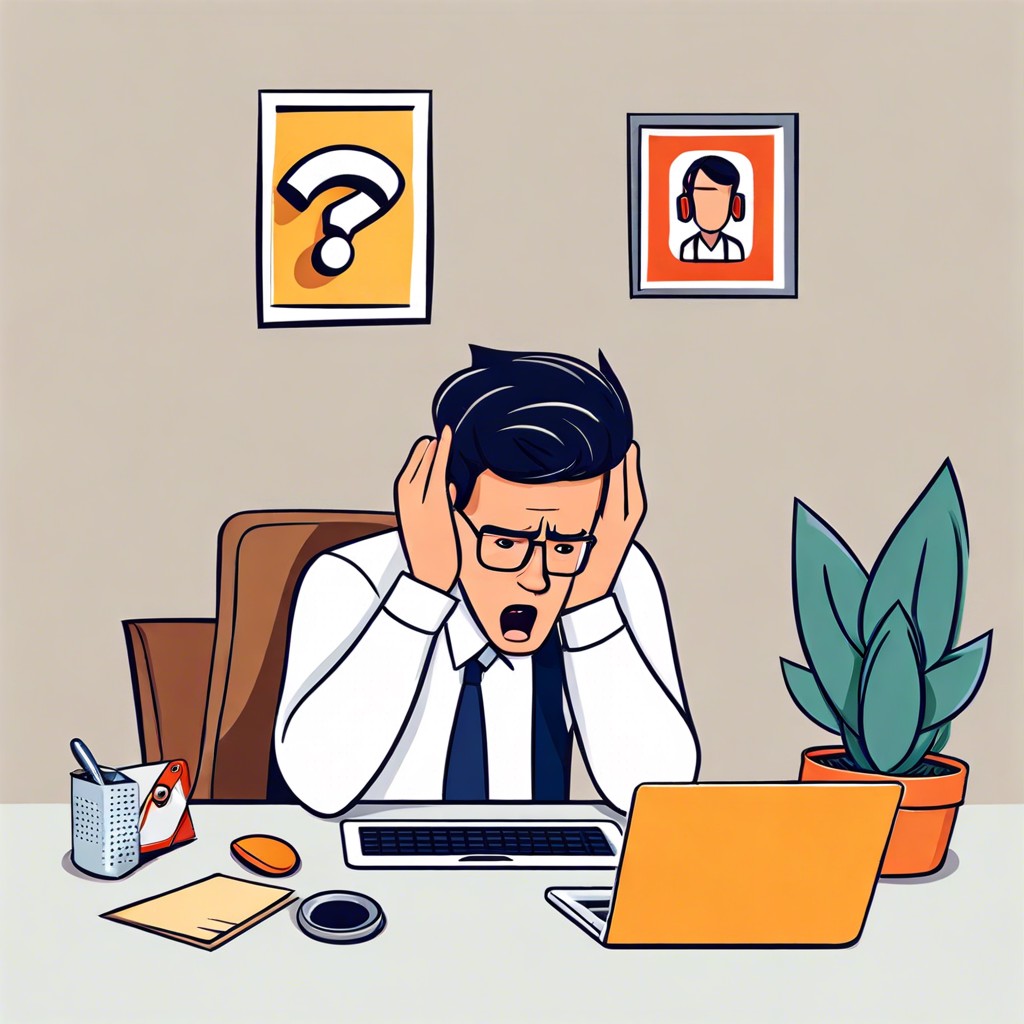Don’t stress if you forgot your iPhone passcode; this article will show you step-by-step how to regain access.
Locked yourself out of your iPhone? Been there, felt that. If you’ve managed to forget your passcode, don’t panic just yet. There are multiple ways to unlock that sleek slab of technology. From attempting to remember and enter the correct passcode, to diving into recovery mode, or using iTunes, Finder, or even iCloud for a fresh start—this guide has you covered. Stick around, and let’s get that iPhone back in action!
Key takeaways:
- Try to remember passcode creatively.
- Use recovery mode for a fresh start.
- Restore with iTunes or Finder for a full reset.
- Erase iPhone through iCloud if enabled.
- Contact Apple Support for expert help.
Attempt to Enter the Correct Passcode

Think back to the time when you set your passcode. Was it a significant date? A favorite number? Maybe you were feeling adventurous and used an obscure code, like your cat’s birthday. Give it a shot; you might just crack your own code.
But be cautious! After several unsuccessful attempts, your iPhone might lock you out for longer periods, eventually leading to a complete lockout. That’s far less fun than it sounds.
You could also ask yourself if you’ve shared the passcode with anyone. Better yet, do you have a note stashed somewhere with a hint or the code itself?
Sometimes, the simplest solution is a little jog down memory lane. Just don’t overdo it and wind up in timeout!
Use Recovery Mode
Pop your iPhone into recovery mode for a fresh start. It’s like giving your device a clean slate when all else fails.
Turn off your iPhone. Connect it to your computer. Now, press the button combo that suits your model until you see the recovery mode screen. For most of you, it’s the power button and a volume button. But, hey, older models might ask for a power-home button dance.
Your computer should recognize the recovery-mode iPhone. Now, follow prompts in iTunes or Finder to restore your device. You’ll wipe the slate clean—goodbye data, hello functionality!
It’s like a spa day for your iPhone, minus the cucumber slices on its screen.
Restore Using ITunes or Finder
Fire up iTunes (Windows or pre-Catalina Macs) or Finder (macOS Catalina and later) on your computer. Connect your iPhone using that trusty USB cable. Now, don’t panic. Even if your iPhone is giving you the silent treatment, keep going.
First, put your iPhone into recovery mode. This usually involves a bit of button juggling. Each model has its unique combination, like a secret handshake.
Once in recovery mode, iTunes or Finder will say, “Hey, we’ve detected an iPhone in recovery mode.” Option to Update or Restore will pop up. Choose Restore. This wipes the device, but it’s like rebooting your phone’s personality.
The software will download the latest iOS—it’s like a brain transplant, minus the mess. After restoring, your iPhone will look and feel brand new.
iTunes or Finder acts as your tech-sidekick, helping you tackle the locked phone conundrum.
Erase Using ICloud
You’ll need “Find My iPhone” enabled. Log in to iCloud.com on any device. Select your device from the “All Devices” dropdown. Click “Erase iPhone” and confirm. This wipes everything, so backups are your best friend here. After erasing, you’ll set up your iPhone as new or restore from a backup.
Contact Apple Support
When all else fails, reaching out to Apple Support is like calling in the cavalry. These tech wizards have seen it all and can guide you through the maze of passcode purgatory.
First, they’ll likely verify your identity. Expect to answer a few security questions or provide proof of purchase.
Second, they may offer solutions you haven’t tried or help you navigate more complex recovery steps. If needed, they can even set up an appointment at your nearest Apple Store for hands-on help.
Lastly, Apple Support is great at turning a frustrating situation into a manageable one. With patience and their expertise, you’ll be back to scrolling and swiping in no time.




